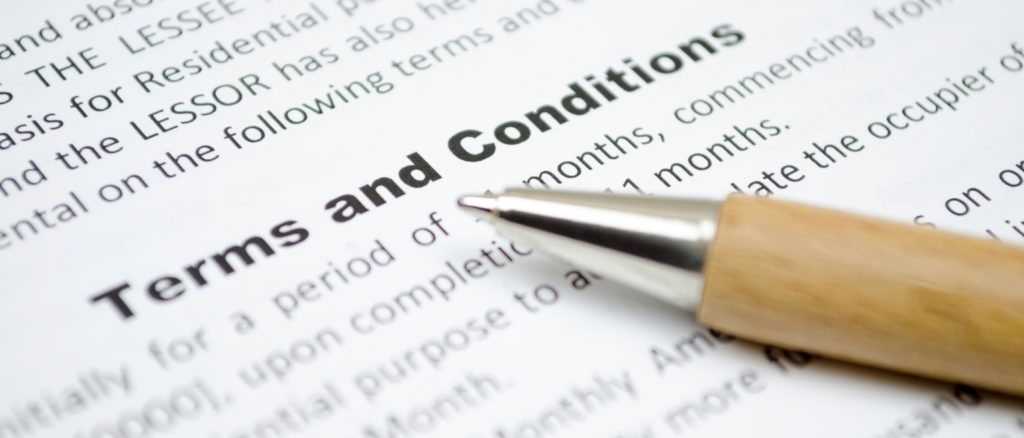Construction Loan

- Final plans specifications
- Construction contract
- Cost breakdown
- Description of materials
- General Contractor License
- Soft costs: (permit fees, engineering fees, architectural fees and any other costs).
- Hard costs: The actual cost of construction covering all materials and labor costs.
- Closing costs: These are costs associated with the closing of the loan, such as title cost, Escrow fee, loans fees, lender charges, loan document fees, appraisals, inspections, Phase I, II report.
Zoning
Typically, the title company wants to review the survey before issuing the zoning endorsement.
Why do they want to review the survey and what are they looking for?
- Street address of property and legal description.
- Distance of structure from property lines and other buildings.
- Height and number of stories of each structure.
- Number of parking spaces.
A reserve account to cover all the unforeseen costs. A required 5% of the hard costs will be established in a contingency account.
Before loan closing, an account is established to pay the estimated interest costs during the construction period. So you do not have to make any mortgage payment during course of construction.
The formula for the interest reserve estimate is provided in the following example:
Loan amount X .60% X Interest rate X 12 = Monthly Interest
Monthly Interest X Construction term


This phrase means that the use of the property was allowed under an earlier zoning classification covering the property (i.e., it is “legal”), nut is no longer allowed under the current zoning classification (it is now “non-conforming”)
(thus the phrase “legal non-conforming”) – thus the current zoning classification allows the continuation of the earlier use. Example: restaurant use located in a building that currently is zoned office. Important inquiry: does the current zoning classification recognize the continuation of the use? Are there conditions or limitations on the continued use? Important: a lender typically will NOT underwrite a legal, non-conforming use.
This phrase means that the physical structure of the property was allowed under an earlier zoning classification covering the property (i.e., it is “legal”), but is no longer allowed under the current zoning classification (it is now “non-conforming”) (thus the phrase “legal non-conforming”). Thus the current zoning classification recognizes the validity of the structure but would not allow the structure as new construction. Example: building roof is 40’ tall but current zoning limits building height to 35’. Important inquiry: does the current zoning classification recognize the existence of the non-conforming structure? Important: a lender must understand the economic effect upon the property if due to a casualty; the reconstructed property is rebuilt according to current zoning requirements
This is an endorsement to the property insurance that is needed in this insurance: the property is a legal non-conforming structure. The endorsement provides these coverages: demolition cost of the undamaged portion of the improvement (which must be removed since they violate the code); and cost of replacing any undamaged portion of the property that is required to be demolished (problem: this coverage might be useless in that code might not allow the full replacement of the improvements (for example, there might not be enough area to rebuild). Important: coverage does NOT include loss of income attributable to improvements that cannot be rebuilt. Consequently, many lenders (and the Capital Markets) will “look behind” the existence of law & ordinance coverage.
This is a statement that explains or sets the conditions or limitations that govern the reconstruction of the property following a casualty in situations where the property (immediately prior to the casualty) did not comply with current zoning requirements (although the property at one time did comply with the zoning requirements). Example: the City code might permit a legal, non-conforming structure to be rebuilt if the cost of rebuilding is less than 50% of the total value of the improvements.
his is a letter from the zoning authority that sets forth the zoning classification and other information. Many cities have their own form of this letter. Important: the city has no liability, and the letter cannot be used “against” the city, if the letter is NOT correct.
When you are unable to obtain a zoning verification letter from the entity with local jurisdiction, what else will the title company accept to enable them to issue the required zoning endorsement?
In the County of Los Angeles, for instance, the title company usually cannot rely on a zoning verification or compliance letter from the local planning department. Typically, the zoning letter provided the zone designation and a copy of the zoning code and leaves it to the recipient to determine whether the property complies. They are often so general as to be of little help.
- Review a survey or, if no survey is provided, order a detailed inspection that will focus on whether there are violations of building set backs, and on use of the improvements.
- Ask for a copy of the appraisal. This document often provides lots of helpful information on zoning classification, number of parking spaces, age of improvements and building size, etc.
- Get on the Internet and check the city zoning codes at the city’s website.
- Make a telephone call to the planner on duty.
Since the zoning endorsement requires a lot of legwork by the title company, this endorsement is usually more expensive than other types of endorsements.
What protection does the zoning endorsement provide? Is it really worth the hassle experienced in trying to obtain these letters?
The zoning endorsement provides the owner or lender with coverage concerning the zoning classification of the land, and the allowable use or uses under the classification. In many jurisdictions, zoning letters are often incomplete and so general as to be of little help. Most title companies should be able to issue its zoning endorsement without requiring any letter from the appropriate governmental agency.
Most lenders require disbursement of construction loan done by the third party company that specializes in handling construction project and pays to landlords and subcontractors.